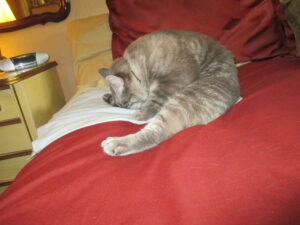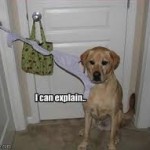In nonfiction writing, it’s important to balance the different elements of style. Here’s what I mean.
Writing Tip for Today: Let’s talk about the different nonfiction elements and how to balance them:
The Five Elements
Any story—fiction or nonfiction—relies on five different ways we can tell a story: Action, Dialogue, Thought, Description (narration) and Exposition. In terms of reader engagement, Action and Dialogue sit at the top of the pyramid. The others slow down interest in descending order, with Exposition being the least engaging.
Readers look for movement, and even in nonfiction, the more a writer can demonstrate movement, the more readers will engage. This movement or lack of it points to the reason we show, not tell. Readers prefer to have stories “acted out” more than just being told what happened. Think of the difference between reading a dull textbook (information only equals exposition) or a lively scene that illustrates the information.
One of my favorite writing mentors taught me the acronym R.U.E. or Resist the Urge to Explain. If you must explain what you’re trying to convey, you might go back and analyze your work for action and dialogue vs. more static techniques such as exposition. Many times, you can revise passages of exposition with more engaging action or dialogue.
Too Much or Not Enough
In nonfiction, some narration or exposition can be necessary. How can you write it in a way that doesn’t feel dry or uninteresting? One method now used by many newspaper writers is to inject a personal story that readers can identify with and that illustrates the information.
Instead of the old standard of leading with who-what-where information, today’s news writers often start with a person whose situation echoes or illustrates the topic. That person’s story, briefly sketched, draws readers into the subject matter.
After hooking readers, the writer can insert facts or information in small doses, coming back to the personal story at intervals. The key is to develop a balance of the five elements in a way that never allows readers to get lost in exposition.

Develop a balance of the Five Elements: Action, Dialogue, Narration (thought and description) and Exposition.
Cycle through for Balance
In nonfiction, the challenge is always to keep readers reading. You can accomplish this by varying the five elements. In nonfiction, scenes are sometimes called anecdotes because they’re intended to illustrate the main point. These are shorter than fictional scenes, or the action is broken up with narration and exposition in between.
If you’re unsure about getting this balance correct, try using the good old Rule of Three—only instead of three words, use three paragraphs as your guide. Yes, it’s formulaic, but as you practice, you’ll probably develop your own rhythm.
Experiment with this technique. Start with a solid mini-scene (action and dialogue) that illustrates the topic’s theme. Move to narration, sprinkle in a bit of exposition and then back to your scene. Your word count will dictate how much of any element you use, but overall, you can write more effective nonfiction if you cycle through the elements for balance.





